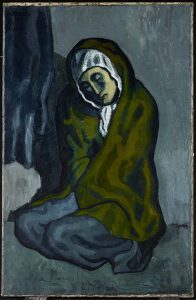14.03.2018
The testimony of the repentant Mafiosi led to the trail of the picture of Caravaggio, long considered lost. 48 years after its theft an international investigation will be launched. We publish the material of the new French edition in the TAN network – The Art Newspaper Daily.
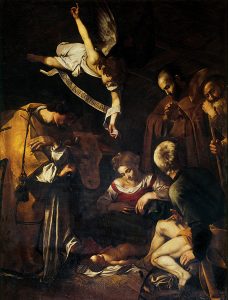
On the night of October 17 to October 18, 1969, Caravaggio’s painting “Christmas with Saint Lawrence and Saint Francis” (1600, 3×2 m) was stolen from the oratorio San Lorenzo in Palermo. Since then she has become one of the most sought after works of art in the world and the heroine of numerous studies, films and books. The Italian writer Leonardo Sasha dedicated her book One Simple Story (1989). British journalist Peter Watson, author of The Caravaggio Conspiracy (1984), claimed that he had already agreed to meet with a merchant to look at the canvas, but these plans were prevented by a devastating earthquake in southern Italy. Someone thought that this product of Caravaggio was eaten by rats in a shed, and someone – that it was cut into small pieces.
The last hope to find Caravaggio was already lost on November 5, 1996, when the mafioso Francesco Marino Mannoya, nicknamed Mozzarella, said that he personally participated in the theft of the painting, badly damaged it when he took it out of the frame in the church and then completely destroyed it. Mannoy in his youth was in the Sicilian criminal clan of Santa Maria di Gesu, and then, once in prison, he became one of the most useful pentito police informers. However, more recently, almost 50 years after the theft, Mannoya, still sitting behind bars, refused his words and said that he had invented everything.
Another repentant mafia goat nostra, also a member of the clan of Santa Maria di Gesu, a certain Gaetano Grado, who is now just over 70 years old, gave evidence to the Italian parliamentary commission on combating organized crime.
According to Grado, when on October 20, 1969, about the disappearance of the picture reported in the press, the goat nostra instructed him to deal with this matter. In less than a week, he found four robbers (previously all sources talked about two) – Sicilian thugs, who are now identified, and they have taken testimony. The painting was first delivered to Stefano Bontade, and then to Gaetano Badalamenti – to members of the so-called triumvirate of the Sicilian Mafia. In October 1969, the goat nostra proceeded to find a buyer and discuss the possible price; an intermediary and a buyer were found in Switzerland.
Grado described in detail the meeting with the Swiss buyer, whose face was identified in the photo – the identity of this man is established, but he died a long time ago. Thus, the canvas of Caravaggio was sold six months after the theft, it left Sicily and was forwarded to Switzerland through the usual channels that the mafia used.
The fact that the participants of the old events are now talking about the picture again – in many respects the merit of the commission on combating organized crime, which in the near future intends to publish a report on its activities. However, in a 700-page document, only 3-4 pages will be devoted to the masterpiece of Caravaggio and the above details will not be included there.
Over the past weeks, these news have been vigorously discussed in Rome, a city where, according to recently raised archives, Caravaggio wrote in 1600 the Palermo “Christmas with St. Lawrence and St. Francis”. The newspaper La Repubblica reported that the picture was taken abroad, but developed the old hypothesis that the canvas was cut into seven or eight pieces (seven figures and the bull’s head?). This assumption is not new. According to many, it was more profitable for criminals to sell seven or eight little Caravaggio than one monumental canvas. Everything is possible, because Grado does not know how the fate of the work developed after the completion of negotiations on its sale in the spring of 1970. The recent confessions of a witness shed light only on the first six months of history, stretching for 48 years. In any case, an international investigation, which will begin in the near future, will be long and time consuming.
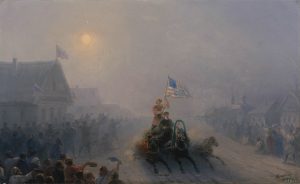
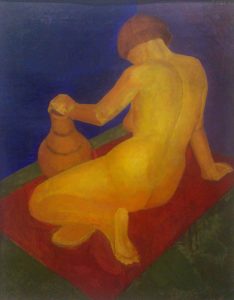
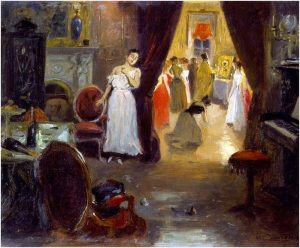
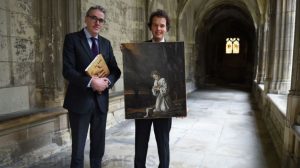
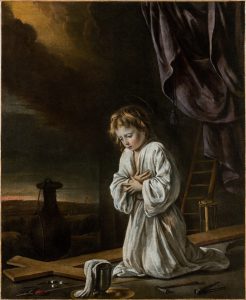
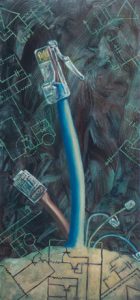 At the same time, although the volume of this segment of the market is small, the report records the growth of online sales by 18.8%. The fastest growth is observed in the segment of low prices, which leads to the appearance of new customers in the market. Growth in the upper segment is limited due to problems of trust and transparency, which are still not solved, although the way out is in the field of technology. For the development of all market segments, it is critically important to attract young collectors who widely use electronic devices to organize their lives.
At the same time, although the volume of this segment of the market is small, the report records the growth of online sales by 18.8%. The fastest growth is observed in the segment of low prices, which leads to the appearance of new customers in the market. Growth in the upper segment is limited due to problems of trust and transparency, which are still not solved, although the way out is in the field of technology. For the development of all market segments, it is critically important to attract young collectors who widely use electronic devices to organize their lives.
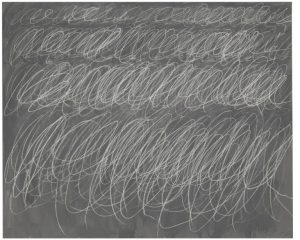
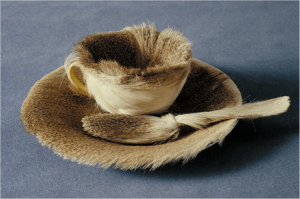
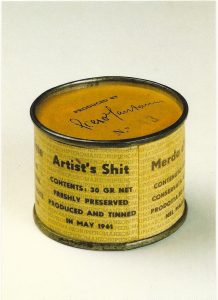
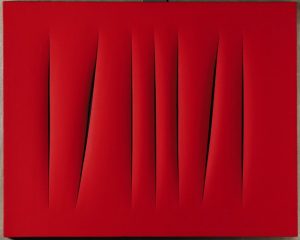

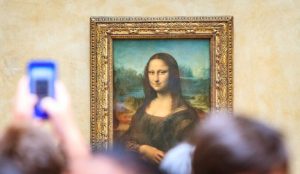 Officials and curators are not very happy about this news because of concerns about the fragility and safety of the picture. But Nissen dispelled these fears, referring to President Emmanuel Macron’s proposal to provide Bayeux tapestry XI century. Tapestry depicting the events of the Norman conquest, will go to the UK in 2022, when the Baye Museum will complete the reconstruction. In turn, the artist-critic Nikolaus Bernau considers the idea of sending the world-famous painting by Leornardo da Vinci to the tour exhibition absolutely meaningless. Damage to objects during transportation is sometimes quite significant, warns Bernau. Especially often this happens with works of wood and other organic materials, such as canvas. Interesting! In 1963, Jacqueline Kennedy persuaded President de Gaulle to lend money to the National Gallery in Washington and the Metropolitan Museum. In 1911, the masterpiece was stolen from the Louvre, and it was found only two years later in Florence. And in 1956 a man poured a picture of acid when it was exhibited in a museum in the south of France.
Officials and curators are not very happy about this news because of concerns about the fragility and safety of the picture. But Nissen dispelled these fears, referring to President Emmanuel Macron’s proposal to provide Bayeux tapestry XI century. Tapestry depicting the events of the Norman conquest, will go to the UK in 2022, when the Baye Museum will complete the reconstruction. In turn, the artist-critic Nikolaus Bernau considers the idea of sending the world-famous painting by Leornardo da Vinci to the tour exhibition absolutely meaningless. Damage to objects during transportation is sometimes quite significant, warns Bernau. Especially often this happens with works of wood and other organic materials, such as canvas. Interesting! In 1963, Jacqueline Kennedy persuaded President de Gaulle to lend money to the National Gallery in Washington and the Metropolitan Museum. In 1911, the masterpiece was stolen from the Louvre, and it was found only two years later in Florence. And in 1956 a man poured a picture of acid when it was exhibited in a museum in the south of France.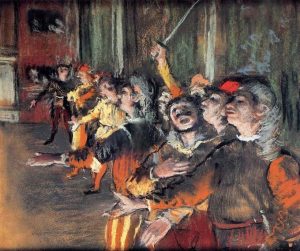
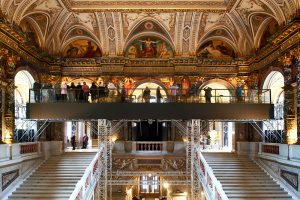 One of the most luxurious museum halls in the world at the Vienna Museum of Art History has become such, not least because of the picturesque decorations made by the “Company of Artists” group commissioned by Emperor Franz Joseph I. The allegorical cycle symbolizes different periods in art: Ancient Egypt, Antiquity, Renaissance. The paintings are inscribed by Gustav Klimt and his co-authors – brother Ernst and friend Franz Matsch – between the marble columns on either side of the main staircase and impress with their scale (their length is more than 12 m). At the usual time, the ceiling has to be viewed with its head back, but now a special bridge is installed under the dome of the museum. With him, the heroes of the founder of Austrian Art Nouveau can literally look into the eyes.
One of the most luxurious museum halls in the world at the Vienna Museum of Art History has become such, not least because of the picturesque decorations made by the “Company of Artists” group commissioned by Emperor Franz Joseph I. The allegorical cycle symbolizes different periods in art: Ancient Egypt, Antiquity, Renaissance. The paintings are inscribed by Gustav Klimt and his co-authors – brother Ernst and friend Franz Matsch – between the marble columns on either side of the main staircase and impress with their scale (their length is more than 12 m). At the usual time, the ceiling has to be viewed with its head back, but now a special bridge is installed under the dome of the museum. With him, the heroes of the founder of Austrian Art Nouveau can literally look into the eyes. 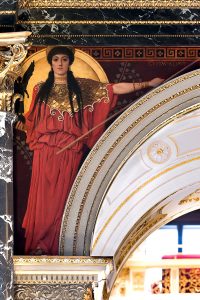 The attraction will last until September 2, so those who did not have time to do it five years ago, when the artist’s 150th birthday was celebrated, can now get on the 100th anniversary of his death: practical Austrians know a lot about successful ideas.
The attraction will last until September 2, so those who did not have time to do it five years ago, when the artist’s 150th birthday was celebrated, can now get on the 100th anniversary of his death: practical Austrians know a lot about successful ideas.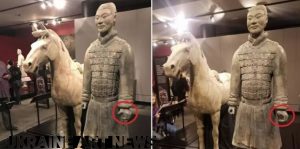 After some time the museum managed to find a thief. It turned out to be 24-year-old Michael Rohan. It is not clear why a young man needed a finger of 2,000-year-old sculptures, but his misdeeds could have very serious consequences. Despite the fact that the American Museum apologized, Shaanxi Cultural Heritage Center, which provided 10 sculptures for exposition, demanded serious punishment for Rohan. The management of the center is going to collect compensation from the museum on the basis of the rental agreement. In the appeal of the Chinese side it is mentioned that the historical and artistic value of the sculpture is “impossible to estimate”. But at the same time, the approximate cost of a Terracotta Warrior is called – $ 4,500,00. A dozen soldiers shown in the exposition are only a small part of the 8100th Army, found in the mausoleum of Emperor Qin Shihuandi. The Terracotta Army is the site of the UNESCO World Heritage Site.
After some time the museum managed to find a thief. It turned out to be 24-year-old Michael Rohan. It is not clear why a young man needed a finger of 2,000-year-old sculptures, but his misdeeds could have very serious consequences. Despite the fact that the American Museum apologized, Shaanxi Cultural Heritage Center, which provided 10 sculptures for exposition, demanded serious punishment for Rohan. The management of the center is going to collect compensation from the museum on the basis of the rental agreement. In the appeal of the Chinese side it is mentioned that the historical and artistic value of the sculpture is “impossible to estimate”. But at the same time, the approximate cost of a Terracotta Warrior is called – $ 4,500,00. A dozen soldiers shown in the exposition are only a small part of the 8100th Army, found in the mausoleum of Emperor Qin Shihuandi. The Terracotta Army is the site of the UNESCO World Heritage Site.